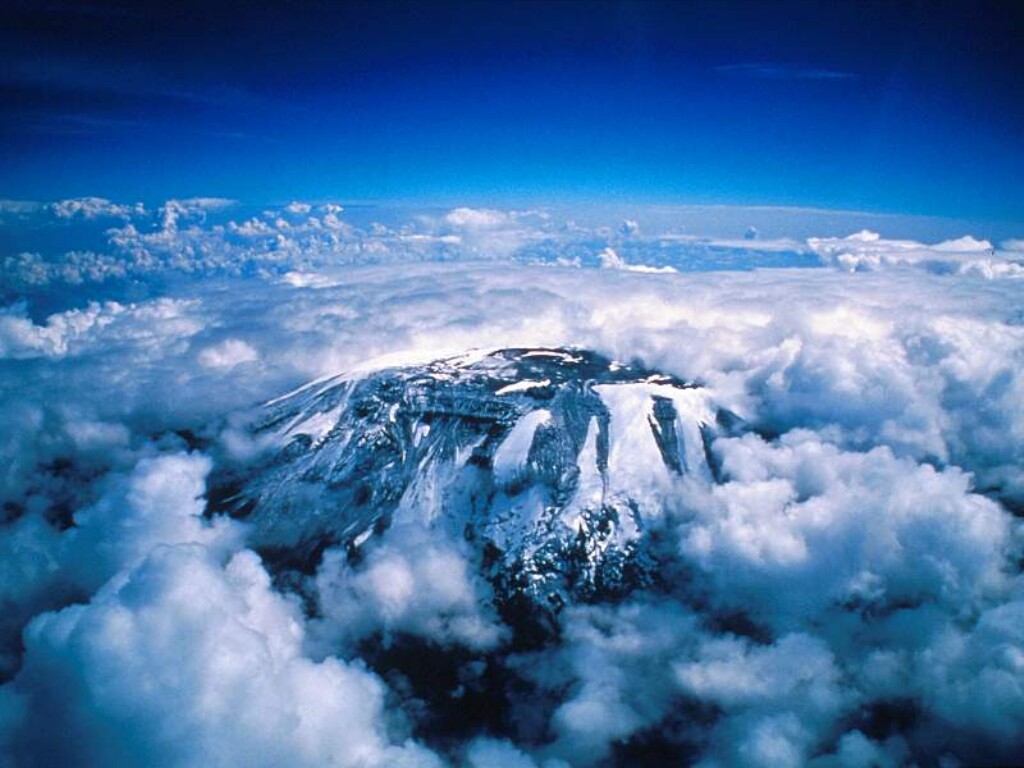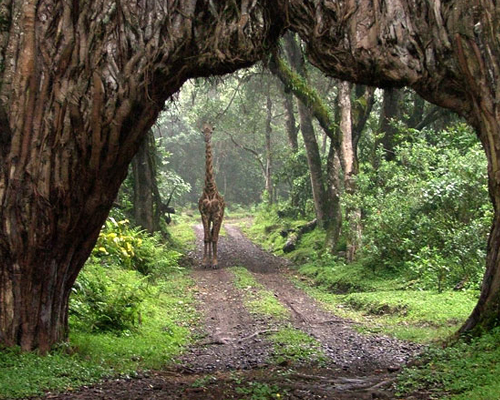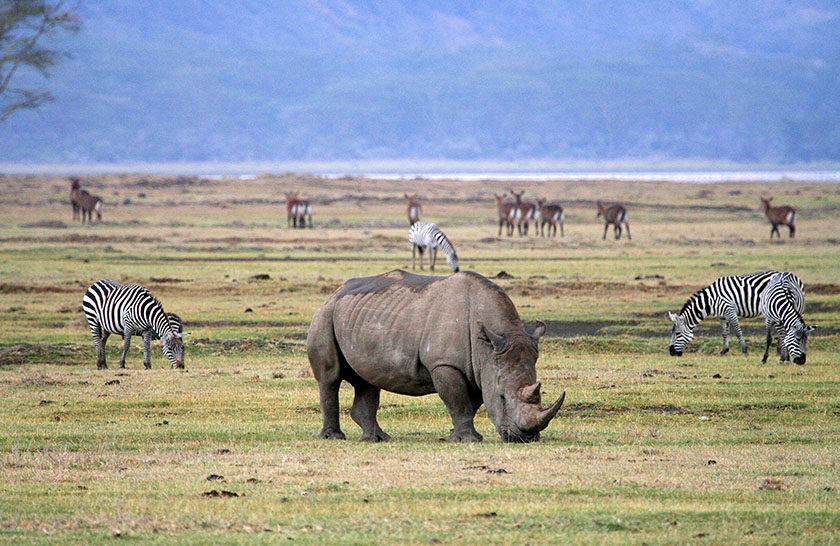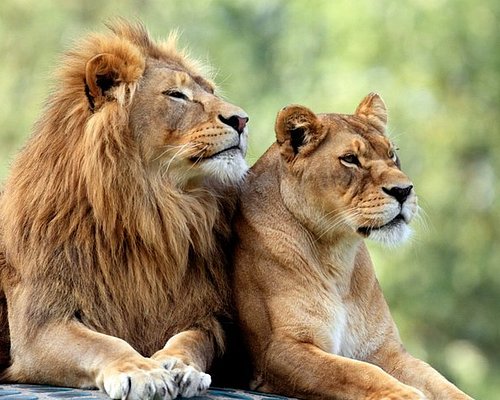Welcome To Mt. Kilimanjaro
Mount Kilimanjaro, located in northeastern Tanzania, is the highest mountain in Africa, standing at 5,895 meters (19,341 feet) above sea level. It’s one of the most iconic and accessible high peaks in the world, attracting thousands of adventurers, hikers, and nature enthusiasts every year. Here’s a brief guide to help tourists understand what makes Kilimanjaro special and what they can expect on a journey to this magnificent mountain.
1. Geography and Landscape
- Three Volcanic Cones: Kilimanjaro is a dormant volcano with three main cones: Kibo (the highest point, Uhuru Peak), Mawenzi, and Shira. Kibo is the most recognizable cone with its snowy peak.
- Diverse Ecosystems: The mountain features five distinct climate zones: the cultivated farmland at the base, rainforest, heath and moorland, alpine desert, and arctic summit zone. Each zone offers unique scenery, from lush rainforests to barren, icy landscapes.
2. Climbing Routes
- There are seven main routes to the summit, each with varying degrees of difficulty, scenery, and crowd levels:
- Marangu Route: Known as the “Coca-Cola route,” it’s the only route with hut accommodations.
- Machame Route: Known as the “Whiskey route,” it is more challenging but scenic.
- Lemosho Route: One of the longer routes, offering beautiful and less crowded paths.
- Rongai Route: The only route that approaches from the north, offering a drier experience.
- Northern Circuit Route: The longest and newest route, offering panoramic views and high summit success rates.
- Umbwe Route: The shortest and steepest, suitable for experienced climbers.
- Shira Route: Similar to Lemosho but starts at a higher altitude.
3. Wildlife
- Kilimanjaro’s lower slopes are home to various wildlife, including monkeys, elephants, leopards, and diverse bird species. However, the presence of wildlife decreases as you ascend.
4. Climate and Best Time to Visit
- The best times to climb are during the dry seasons: January to March and June to October. The weather is generally clear, making for good hiking conditions and beautiful views.
- Due to the altitude, climbers experience a wide range of temperatures, from warm weather at the base to freezing conditions at the summit.
5. Physical Challenge and Acclimatization
- Climbing Kilimanjaro is non-technical, meaning no ropes or climbing equipment is needed, but it still requires good physical fitness.
- Altitude sickness is a significant challenge due to the rapid ascent. Acclimatization is critical, so choosing a longer route that allows more time to adjust to the altitude increases summit success rates.
6. Cultural Experience
- Kilimanjaro is not just a natural wonder but also a cultural landmark. The mountain holds great significance for the local Chagga people, and climbers often interact with local guides and porters, gaining insights into their way of life.
7. Preparation and Tips
- Permits and Guides: All climbers are required to climb with a licensed guide. Entry fees and permits are managed by Kilimanjaro National Park.
- Fitness Preparation: It’s recommended to train for several months, focusing on stamina, endurance, and aerobic fitness.
- Gear: Essential gear includes sturdy hiking boots, layered clothing for varying temperatures, trekking poles, and a quality sleeping bag.
- Hydration and Nutrition: Staying hydrated and eating well during the trek helps maintain energy and reduce the effects of altitude.
8. Conservation and Respect for Nature
- Kilimanjaro is a UNESCO World Heritage Site. Efforts are made to protect its unique environment, so climbers are encouraged to follow Leave No Trace principles, including carrying out all trash and minimizing their impact.
Climbing Mount Kilimanjaro is a once-in-a-lifetime experience, combining physical challenge, breathtaking landscapes, and rich cultural interactions. Whether you’re seeking adventure, personal accomplishment, or a connection with nature, Kilimanjaro offers a remarkable journey that appeals to people from all walks of life.






Heaven On Earth
Climbing Mount Kilimanjaro is a once-in-a-lifetime experience, combining physical challenge, breathtaking landscapes, and rich cultural interactions. Whether you’re seeking adventure, personal accomplishment, or a connection with nature, Kilimanjaro offers a remarkable journey that appeals to people from all walks of life.























